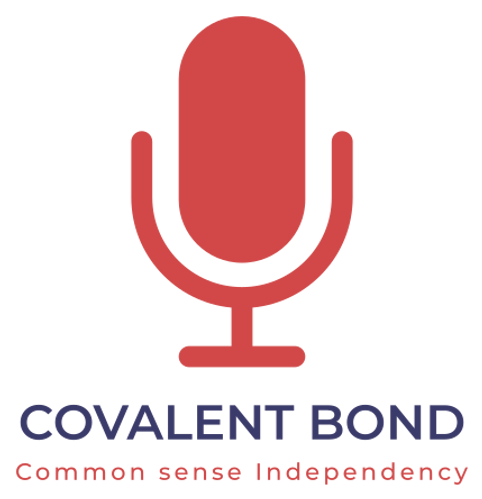The Washington Pendulum: From Markets to Peace Initiatives
5/7/25
By:
Michael K.
Fed rates, trade deals, the Middle East and the streets of the US: how the White House tries to manage domestic and foreign pressure

On Thursday, May 8, President Donald Trump is expected to announce a new trade agreement between the United States and the United Kingdom. As noted by Reuters, the parties have agreed on mutual tariff reductions, including on British cars and American steel. London officials clarified that this is a framework agreement rather than a full-scale trade deal and emphasized that its conclusion reflects efforts to demonstrate an “economic reboot” between the two allies.
Amid growing macroeconomic uncertainty, the Federal Reserve decided on May 7 to keep the benchmark interest rate at its current level. According to Reuters, the statement from the Federal Open Market Committee cited signs of slowing inflation, while also highlighting risks associated with unstable international trade policy. In particular, the Fed pointed to the potential consequences of tariff confrontations with China, as well as the threat of rising unemployment in certain sectors.
A significant stir was caused by a Reuters report citing informed sources who claim that the U.S. and Israel are discussing a scenario for temporary international administration of the Gaza Strip. Among the proposed options is the possibility that the U.S.—in coordination with allies and with support from the UN—would take on an organizational role in post-war governance. The sources emphasized that these talks are still at an early stage and have not yet been formalized in any official documents.
Meanwhile, debate is escalating in Washington over the potential repeal of export restrictions on artificial intelligence and microchips, previously introduced by the Biden administration. As Reuters reports, Trump’s team plans to dismantle existing bans and implement alternative regulatory measures, which are said to be “less burdensome” for businesses. However, it is also emphasized that the new rules would still account for the “risk of technological leakage” to China.
U.S. Vice President J.D. Vance has spoken on the possibility of resolving the conflict in Eastern Europe. In an interview cited by Fox News, he stated that Russia’s demands are “excessive,” but that “there is a path to durable peace.” According to him, the United States will continue to exert pressure on Russia but is also prepared to participate in the diplomatic process if “both sides show a willingness to compromise.” Vance also made clear that the White House does not support “unilateral concessions,” especially if they contradict Ukraine’s interests.
On May 1, large-scale demonstrations took place across the United States to protest the domestic and foreign policies of the Trump administration. As AP News reports, protests spanned over 300 cities including New York, Chicago, San Francisco, and Los Angeles. The demonstrations were organized by labor unions, student associations, and human rights groups. Participants opposed the rollback of labor protections, tougher immigration policies, and social spending cuts. In some areas, the protests were marked by clashes with police, but overall they remained peaceful.
Amid growing instability in global trade, the U.S. economy posted negative growth in the first quarter of 2025. According to AP News, gross domestic product declined by 0.3%. Experts attribute this to aggressive tariffs imposed by the Trump administration as part of its campaign to protect domestic manufacturing. The manufacturing and agricultural sectors were especially hard hit. The Department of Commerce’s report also notes that uncertainty surrounding trade policy is suppressing business investment.
Ahead of Donald Trump’s scheduled trip to the Middle East, he promised to deliver a “very important announcement.” As reported by Fox News, the announcement may concern a foreign policy initiative related to Iran, Saudi Arabia, or Israel. According to sources close to the White House, the president is preparing to unveil a “peace roadmap” that would include both diplomatic and economic measures. Details of the statement have not been disclosed, but the administration confirmed it will be made by the end of the week.
Finally, according to MarketWatch, U.S. and Chinese representatives plan to resume trade negotiations in Geneva. The U.S. delegation will be led by Treasury Secretary Scott Bessent and Trade Representative Jameson Greer. From the Chinese side, Vice Premier He Lifeng has confirmed his participation. Experts stress that the talks are in a preliminary stage and are meant to “reduce tensions” after several months of confrontation. As the publication notes, an important signal was the exclusion of Peter Navarro—known for his hardline stance on China—from the U.S. delegation.
Latest news



